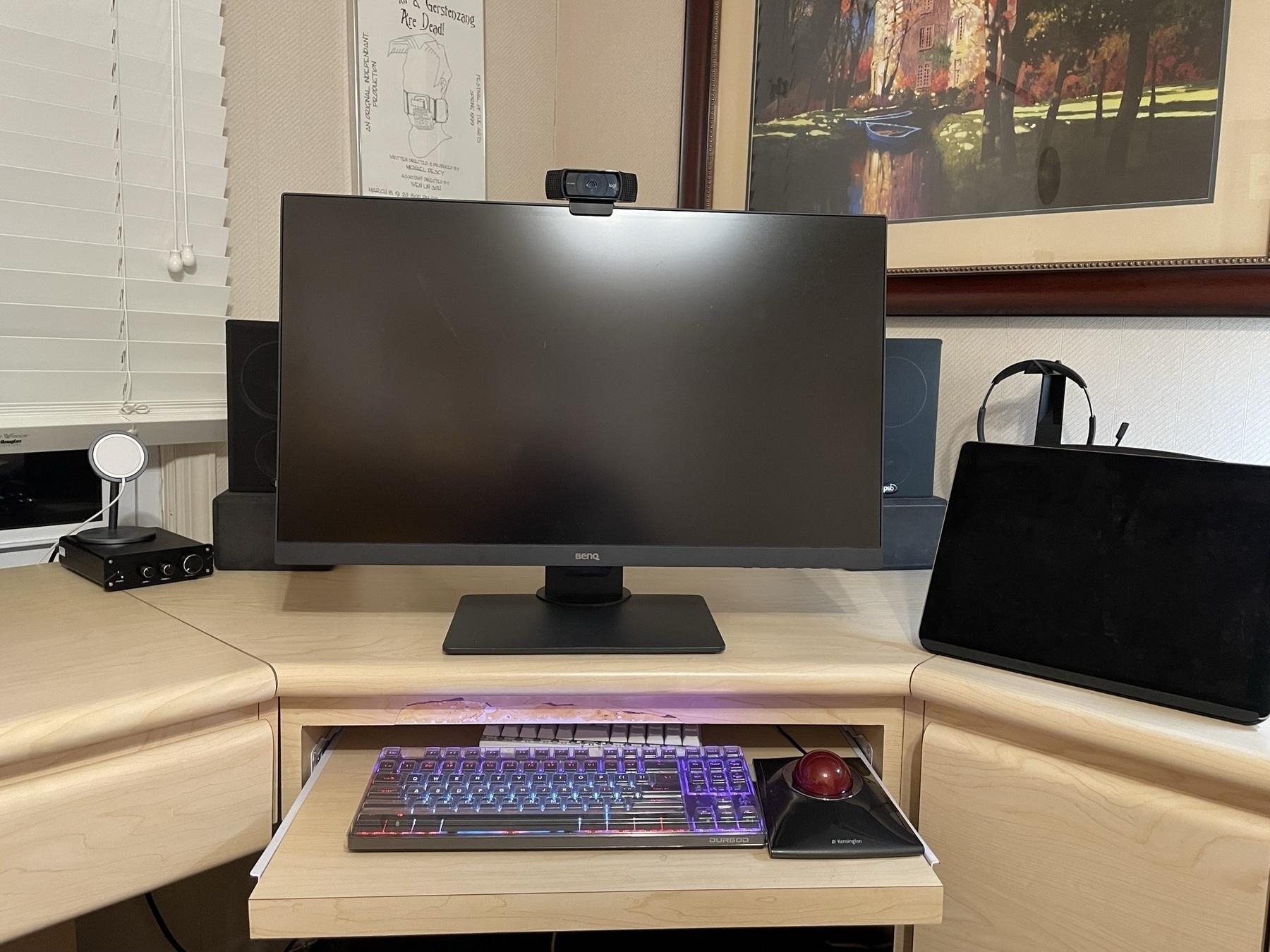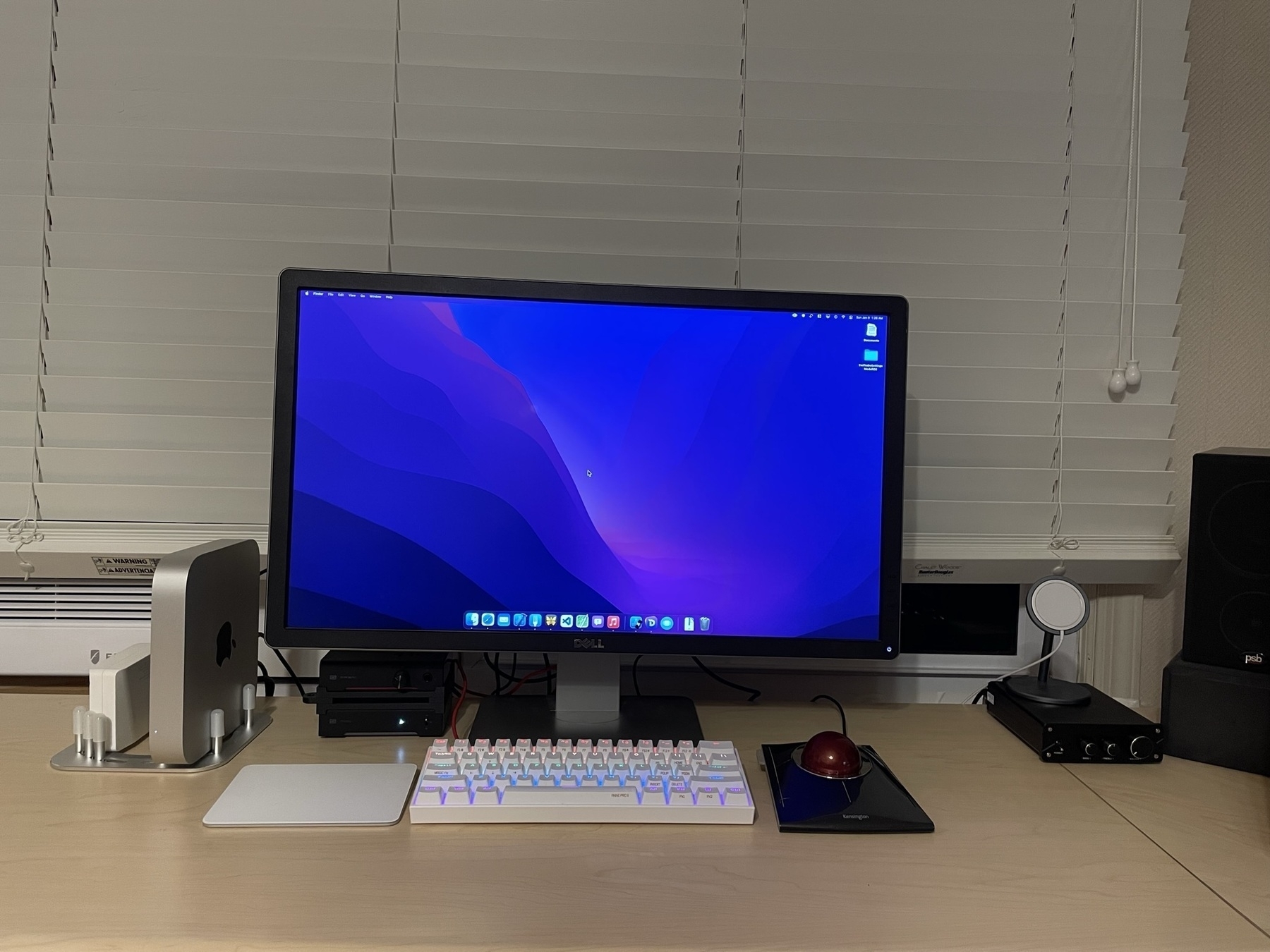I am giving Microsoft OneNote a try again at work.
This is surprising to me. I’m a plaintext lover who has taken notes in Sublime Text or Visual Studio Code for years. It seems crazy to move from simple-to-understand text files to a clunky, proprietary format stored in a monolithic database in a weird location on my system.
Furthermore, OneNote is the one corner of Microsoft Office that I have never liked. Its notebook metaphor, with its tabs and its pages, feels outdated. The way that the notes consist of floating text boxes that are bounded by visible rectangles, is visually clunky when compared to Apple Notes. Its rich-text editor is powerful but feels slow; using it feels like writing in Microsoft Word, which I never want to do1. It doesn’t even support Markdown, which is my preferred way of writing just about everything. I don’t use a Windows tablet or sync my work stuff to an iPad; if I did, I probably would have switched to OneNote already, just for its stylus support and drawing features.
Despite all my misgivings about it, I’m giving OneNote a real try right now for several reasons. First, I need to switch things up. Using Visual Studio Code for writing, task management, executing scripts, and coding is just too much. I have so many Visual Studio Code windows open that its hard to get to the right one. Also, Visual Studio Code is versatile, but it is not quick.
Second, my company constantly promotes OneNote constantly on both the intranet home page and on our company-mandated screensavers. Visually, I can’t escape its name or icon. I figured that I may as well try it. For all I know a ton of people who don’t have the same hang-ups about its design are using it and getting a lot out of it.
Third, I tend to stick as much to Microsoft software as possible on my Windows machines: I practically live in Excel, I edit in Word, I communicate in Outlook, browse the web in Edge, and write and code in Visual Studio Code2. I’m the kind of nut who wishes my company would switch from Webex to Microsoft Teams—despite people hating Microsoft Teams—because I want to be using more Microsoft software.
Lastly, and maybe most importantly in the long run, OneNote offers tight integration with Outlook. When looking at a calendar entry, I can click one toolbar button to immediately start taking notes in OneNote. Similarly, when reading an email, I can click one toolbar button to immediately import it into OneNote. Who knows, maybe even OneNote web clipper will be useful.
So I am going to give OneNote an honest try for the next week and see if I can stick with it. From a user-interface standpoint, I may be able to live with it. I switched the font from Calibri to Consolas, so it looks a bit more like my Visual Studio Code setup. I am learning to ignore the ever-expanding gray box that surrounds the text I write. More importantly, I found an option to put the page list on the left instead of the right, which brings it a step closer to the Mac and iOS three-pane interfaces that I vastly prefer to Microsoft’s brutalist designs.
The real test is not whether I learn to like it, but whether I start using it to take more notes and track more tasks.

